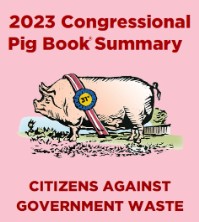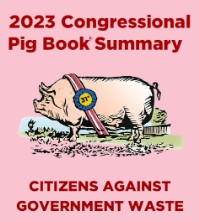
As a business owner, it is essential to remain compliant with state and local laws to ensure smooth operations. One of the most important requirements is obtaining your business license and permits and then registering for sales and use tax in each state, locale, or jurisdiction where you have met nexus. Many business owners tend to forget, however, that reviewing and updating these credentials regularly is just as important as obtaining them.
Conducting an annual business license and registration review will ensure compliance with the laws of each state where you conduct business. It can help you avoid costly penalties and fines and will identify areas where your business may be at risk of non-compliance.
An annual review will help you identify any changes or updates that should be made to your license(s) and permits(s) and will ensure that you are aware of any new requirements that may have been added since your last review. This is particularly important if you have expanded your business operations to include new products or services, as you may need to obtain additional licenses or permits to ensure that you are operating within the law.
At Thompson Tax, we understand that maintaining these requirements can be overwhelming, and we are here to help. Contact us today to learn more.
Have a question? Contact Dan Thompson, Thompson Tax Team.





























Recent Comments